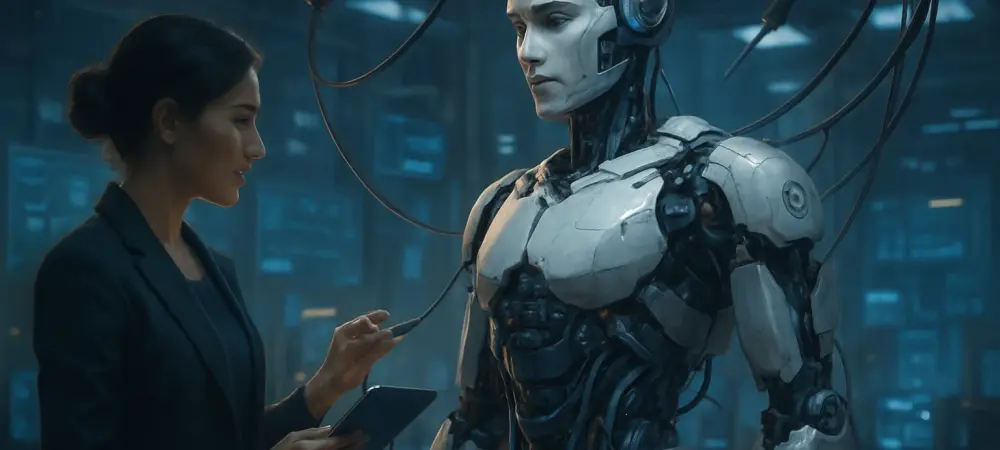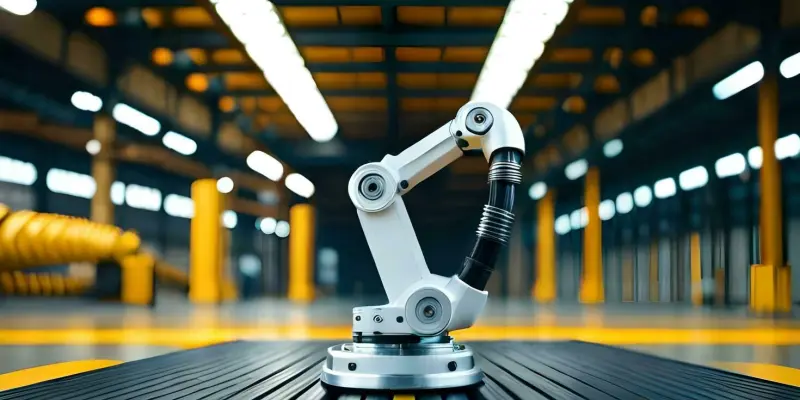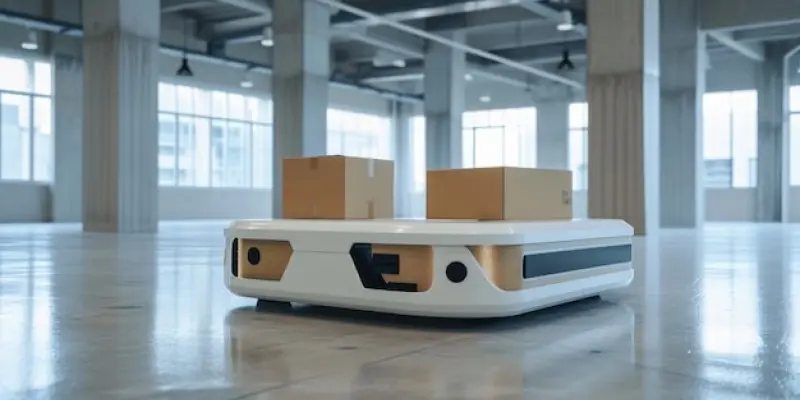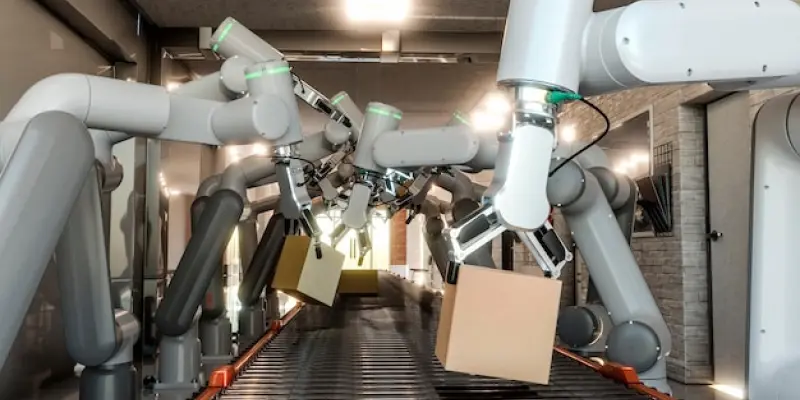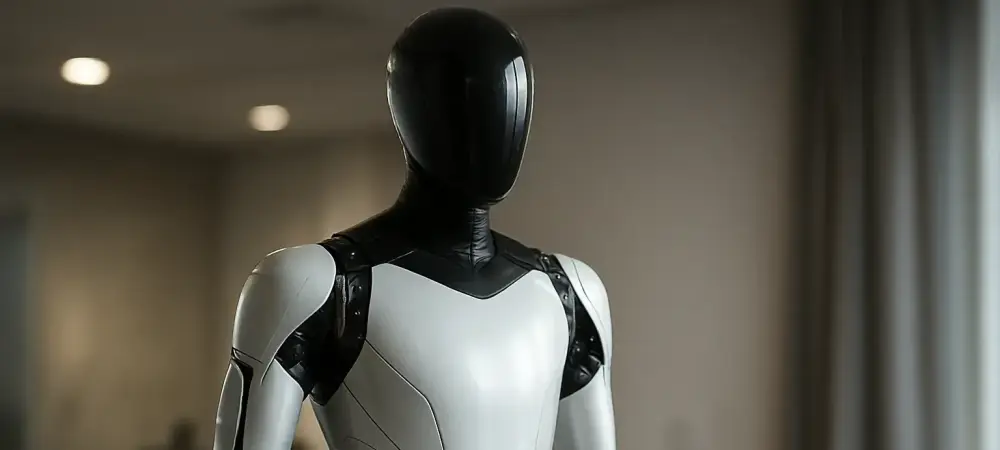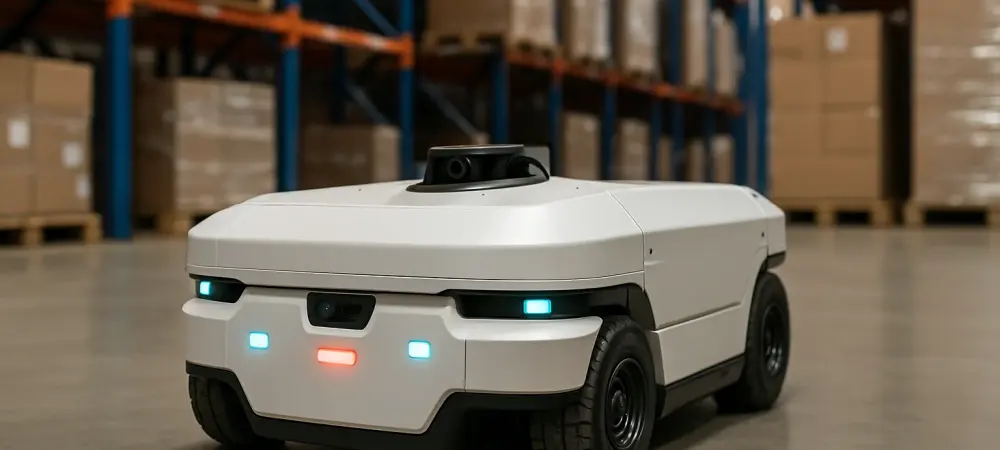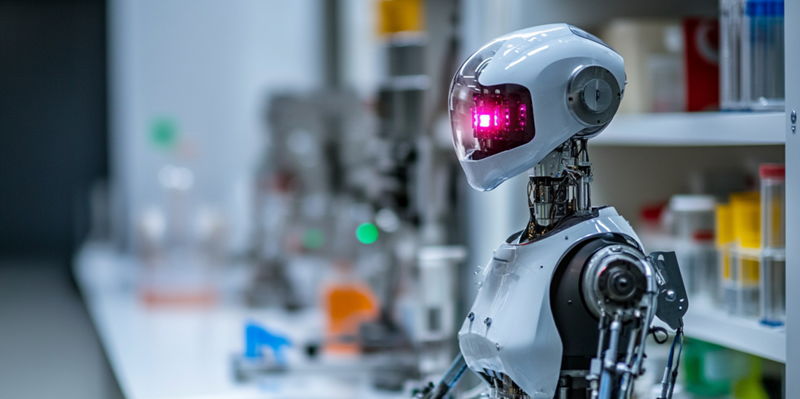Robotic Process Automation In IT
- Robotic Process Automation In IT
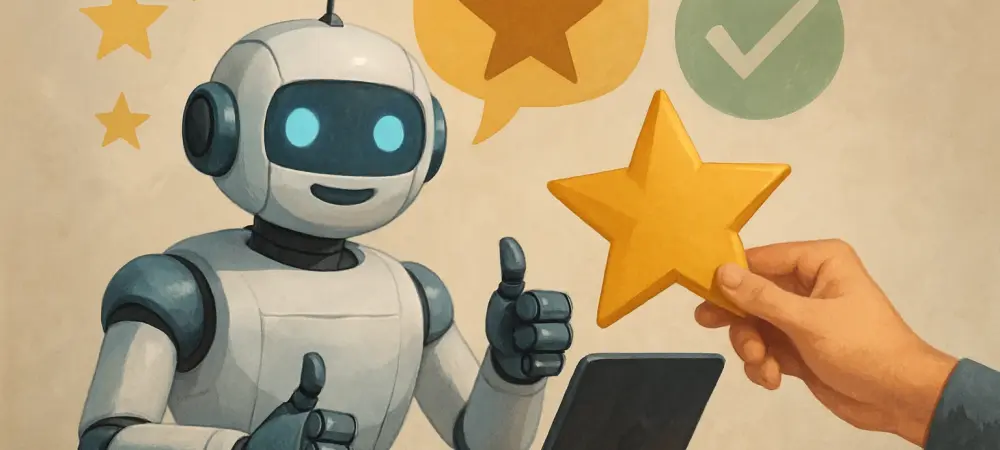
In today’s fast-paced marketplace, businesses face an unrelenting challenge: keeping customers satisfied when expectations for speed and personalization skyrocket daily, and failure to meet these demands can lead to significant consequences. Picture a retail giant swamped during a holiday sale,
- Robotic Process Automation In IT

In today’s fast-paced marketplace, businesses face an unrelenting challenge: keeping customers satisfied when expectations for speed and personalization skyrocket daily, and failure to meet these demands can lead to significant consequences. Picture a retail giant swamped during a holiday sale,
Popular Stories
- Robotic Process Automation In IT

- Robotic Process Automation In IT

- Robotic Process Automation In IT
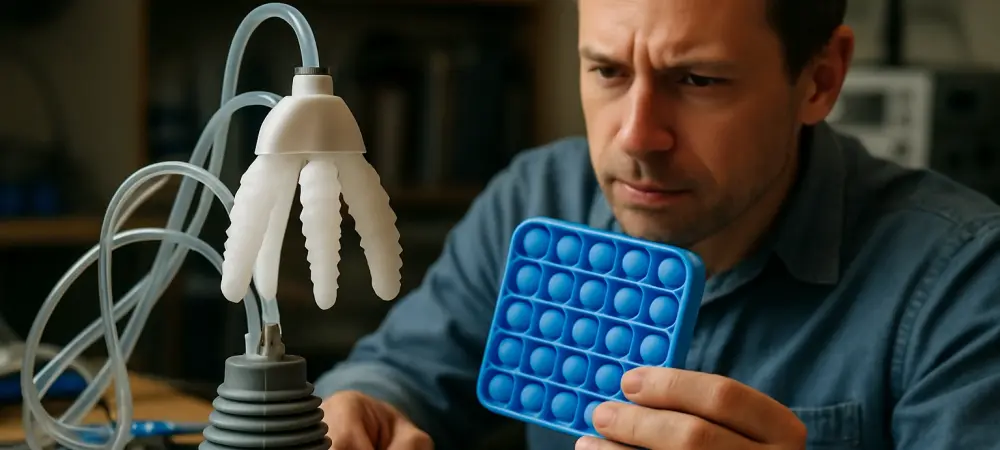
- Robotic Process Automation In IT
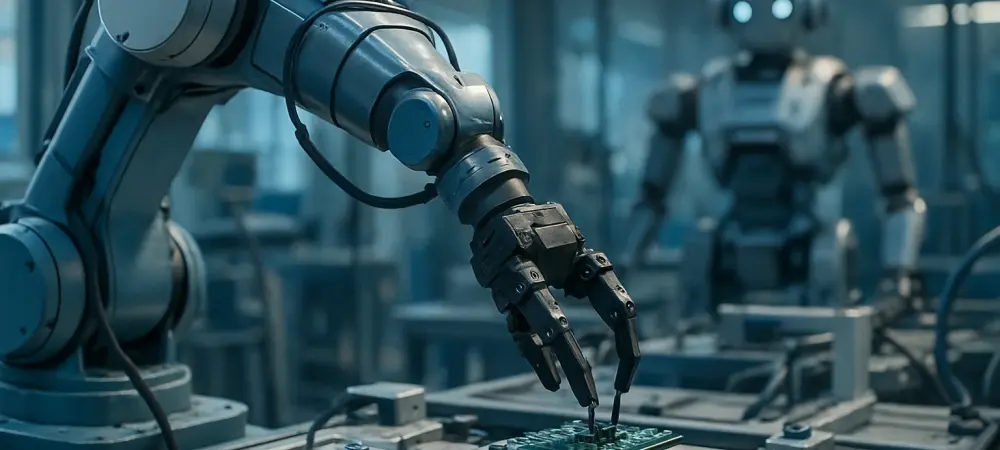
- Robotic Process Automation In IT
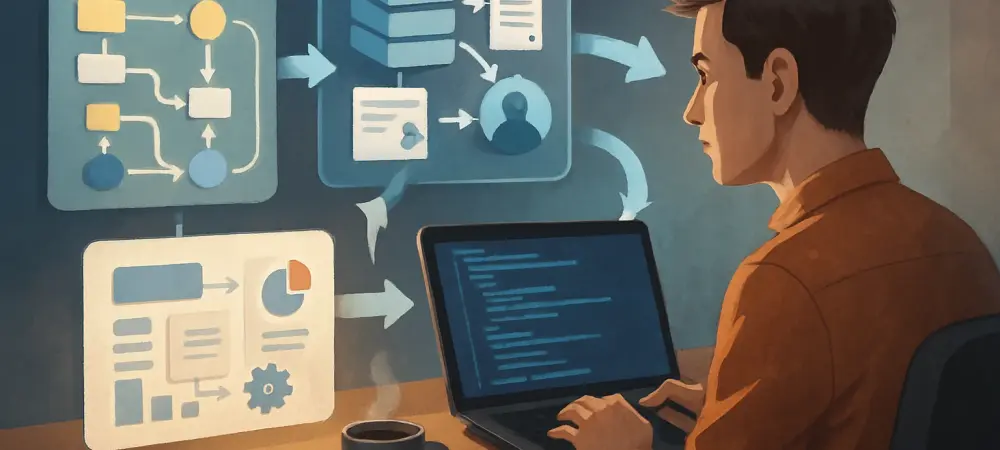
- Robotic Process Automation In IT
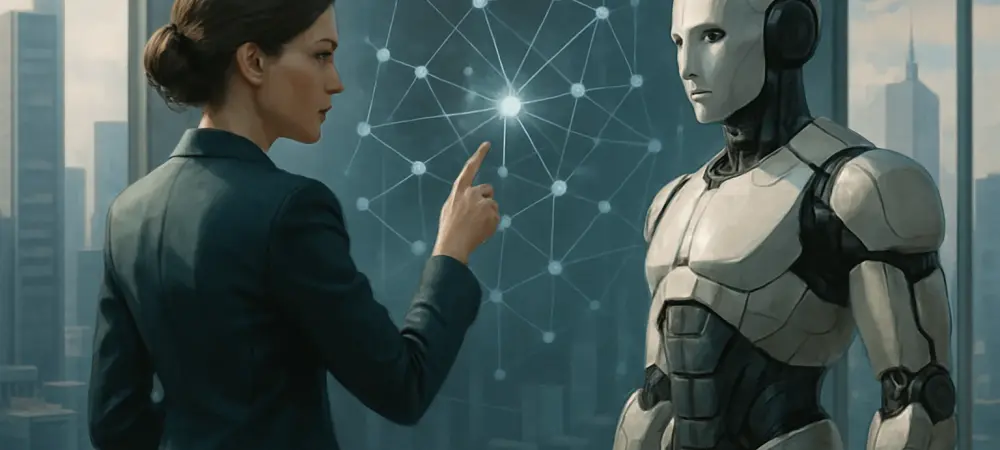
- Robotic Process Automation In IT

In an era where supply chains are under relentless pressure to deliver faster, smarter, and more efficiently, technology has emerged as the linchpin of transformation, with Robotic Process Automation (RPA) leading the charge as a key driver of innovation. This
Deeper Sections Await
- Robotic Process Automation In IT
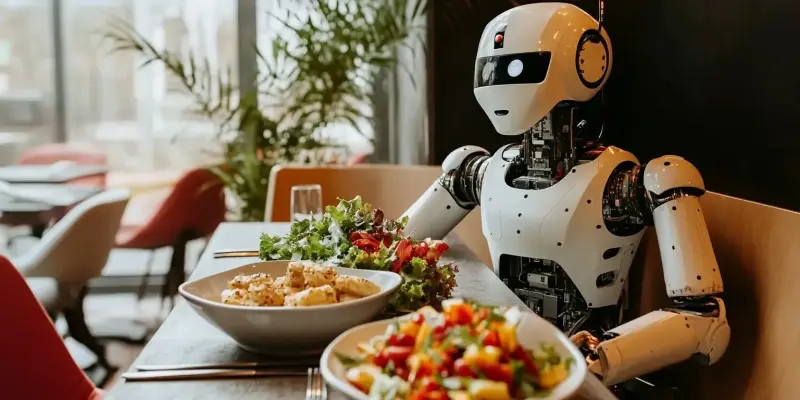
The restaurant business is rapidly evolving due to the integration of robotics and automation. These technological advancements are poised to redefine restaurant management by optimizing operations, reducing costs, and enhancing customer experiences. From food-serving robots to automated inventory tracking systems,
- Robotic Process Automation In IT
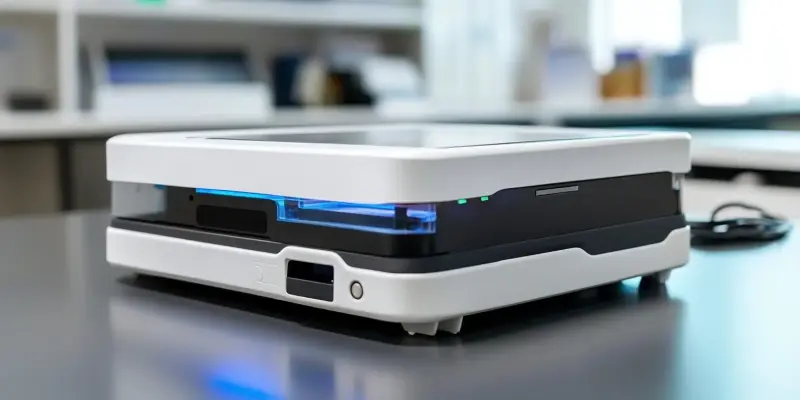
In today’s fast-paced business environment, the integration of Optical Character Recognition (OCR) technology with robotics is emerging as a game-changer. This powerful combination is poised to revolutionize data extraction processes, particularly in sectors like logistics and manufacturing. By automating data
Browse Different Divisions
- Robotic Process Automation In IT

The restaurant business is rapidly evolving due to the integration of robotics and automation. These technological advancements are poised to redefine restaurant management by optimizing operations, reducing costs, and enhancing customer experiences. From food-serving robots to automated inventory tracking systems,
- Robotic Process Automation In IT
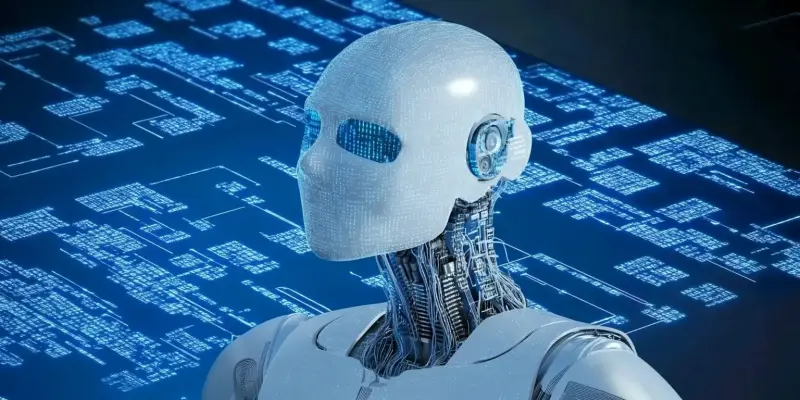
The rapid advancement of digital technology has set a crucial stage for automation, establishing robotic process automation (RPA) as the next frontier. At the helm of this revolution stands UiPath, a pioneering force transforming how industries operate globally. This article
- Robotic Process Automation In IT
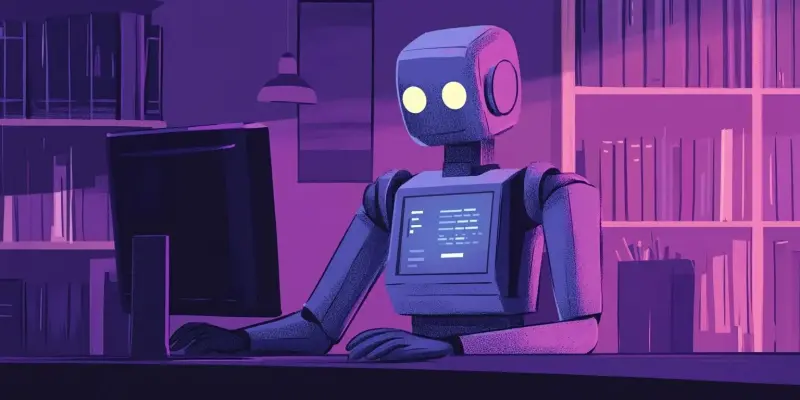
Kore.ai is making significant strides in artificial intelligence with the launch of its new “no-code” platform, AI for Process. Designed to create customized AI models that can automate complex, knowledge-intensive business processes, this innovative platform aims to revolutionize process automation
- Robotic Process Automation In IT
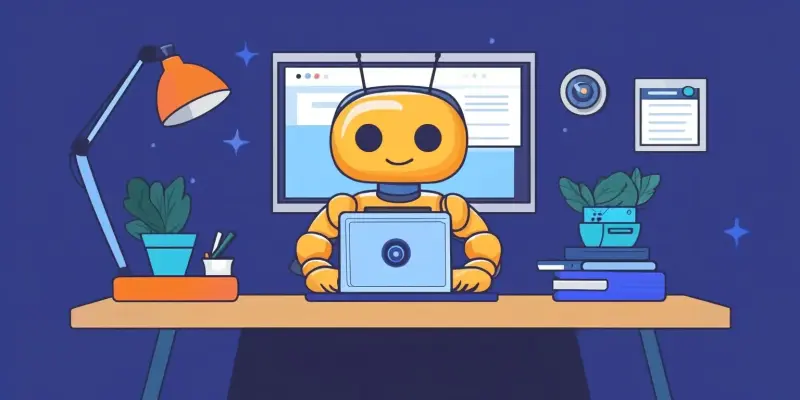
The impressive advancements in artificial intelligence by OpenAI have heralded a new era in automation with the introduction of its autonomous AI agent, Operator. As an extension of robotic process automation (RPA) that has been revolutionizing industries for over a
- Robotic Process Automation In IT
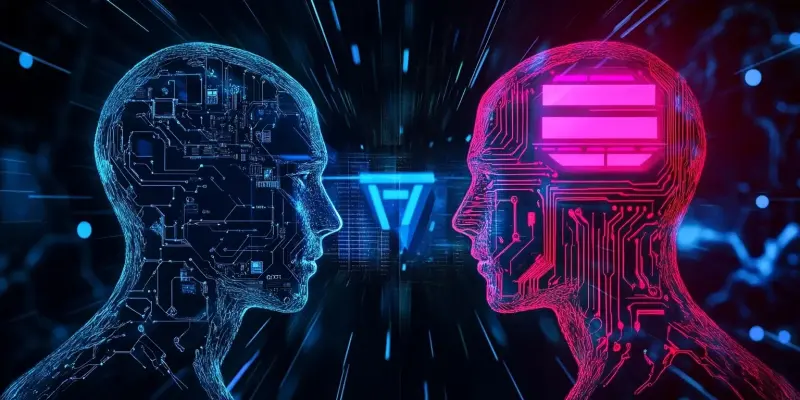
In today’s fast-paced digital landscape, enterprises are constantly seeking more efficient ways to streamline their operations and reduce costs. This pursuit has led to the development and adoption of various automation technologies designed to handle repetitive and time-consuming tasks. Among
- Robotic Process Automation In IT

In today’s fast-paced business environment, the integration of Optical Character Recognition (OCR) technology with robotics is emerging as a game-changer. This powerful combination is poised to revolutionize data extraction processes, particularly in sectors like logistics and manufacturing. By automating data
Browse Different Divisions
Popular Stories
- Robotic Process Automation In IT
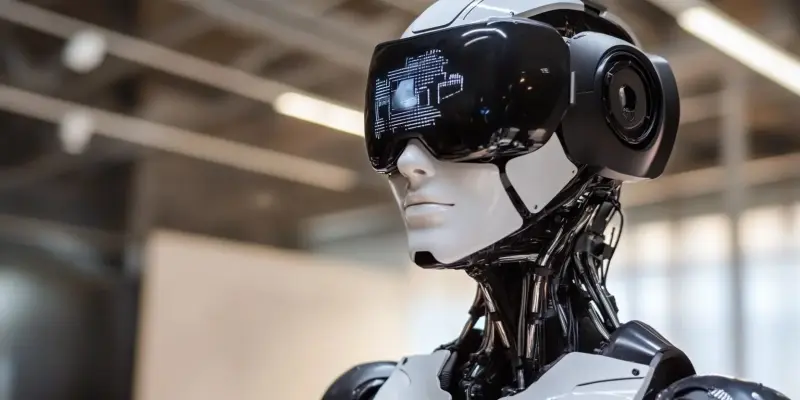
- Robotic Process Automation In IT
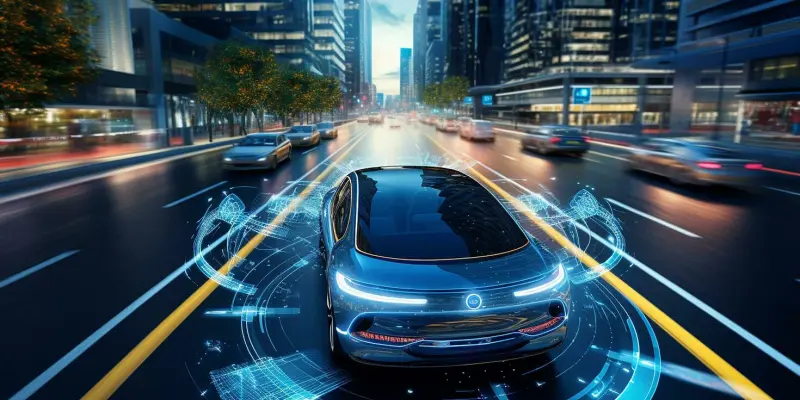
- Robotic Process Automation In IT
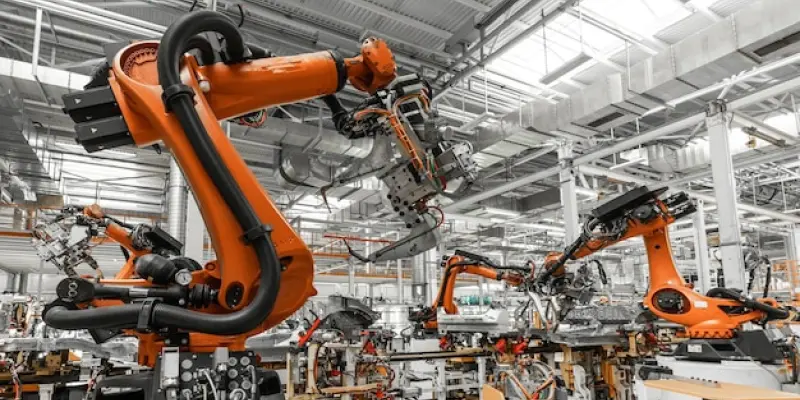
- Robotic Process Automation In IT
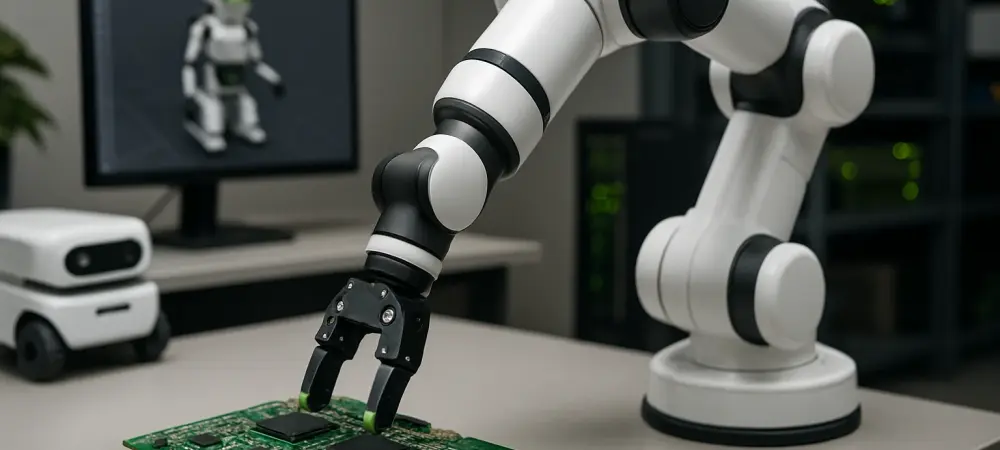
- Robotic Process Automation In IT

- Robotic Process Automation In IT

- Robotic Process Automation In IT

- Robotic Process Automation In IT

Uncover What’s Next


